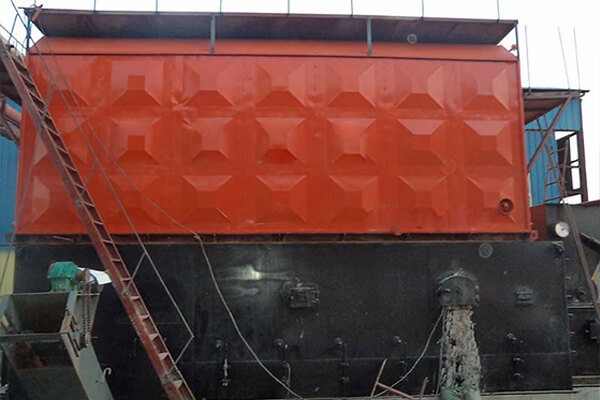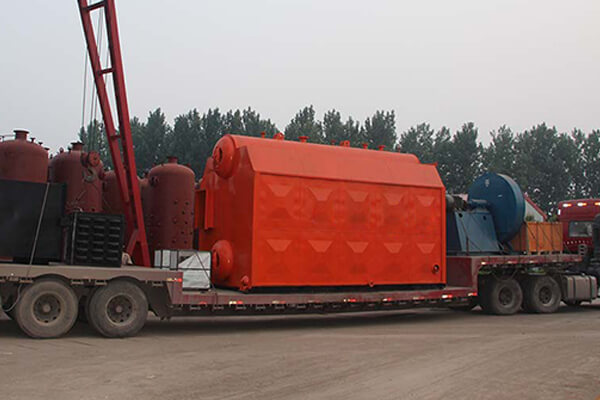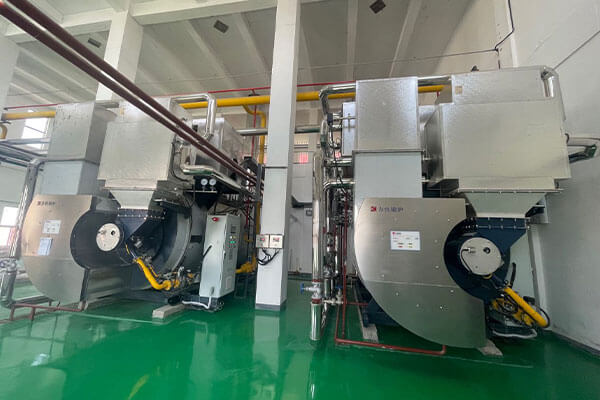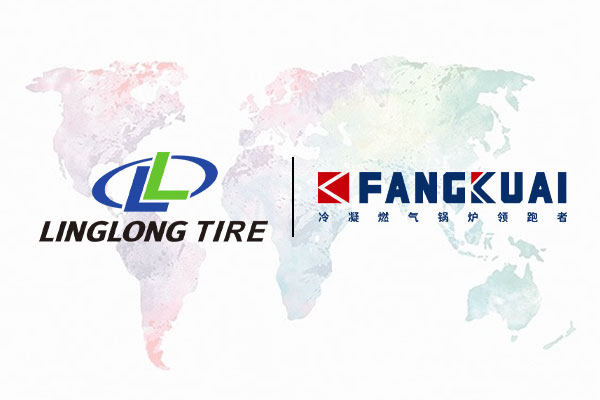Biomass Pellet Boilers: Decoding Core Principles of Carbon-Neutral Thermal Systems
In the global shift toward circular energy economies, biomass pellet boilers have evolved from niche alternatives to mainstream thermal solutions. These systems exemplify closed-loop energy conversion, transforming agricultural/forestry residues into controllable heat sources. Let’s examine their operational mechanics and industrial implications.
1. Fuel Engineering & Combustion Dynamics
Modern biomass pellets undergo torrefaction at 280-320°C to achieve uniform 10-12% moisture content (ISO 17225-2 standards). This thermal pretreatment enhances grindability while increasing energy density to 17-19 MJ/kg – comparable to low-grade coal. Advanced pelletizers employ lignin auto-binding technology, eliminating synthetic adhesives through controlled pressure (≥1.2 tons/cm²) during extrusion.
The combustion process utilizes staged gasification:
- Pyrolysis Zone (200-500°C): Volatile matter release through endothermic decomposition
- Oxidation Zone (800-1000°C): Char burnout with controlled air staging (λ=1.4-1.8)
- Post-Combustion Zone: Secondary air injection reduces CO emissions to <150 mg/Nm³
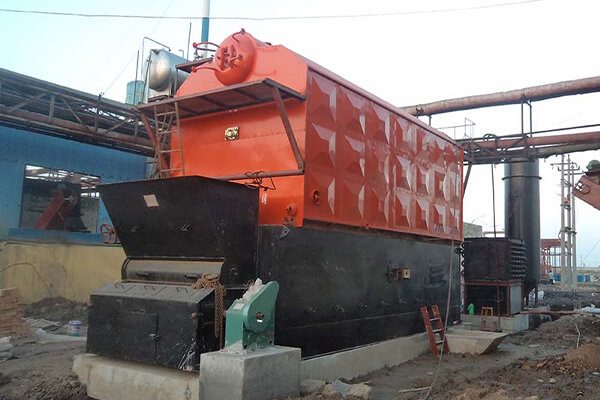
2. System Architecture Innovations
AI-Optimized Feed Systems
Gravity-assisted fuel delivery mechanisms combined with anti-bridging agitators maintain consistent throughput (±2% variance). The helical screw conveyor’s variable-frequency drive adjusts feed rates in real-time based on thermal load demands.
Multi-Cyclone Gas Cleaning
A three-stage particulate removal system achieves 98.9% filtration efficiency:
- Primary inertial separator removes >500μm particles
- Secondary cyclonic chamber targets 100-500μm particulates
- Final ceramic filter captures PM2.5 emissions
Slag Management
Rotating grate systems with air-cooled cast alloy segments automatically discharge clinkers while maintaining bed porosity. Ash content <3.5% enables 750-hour continuous operation between maintenance cycles.
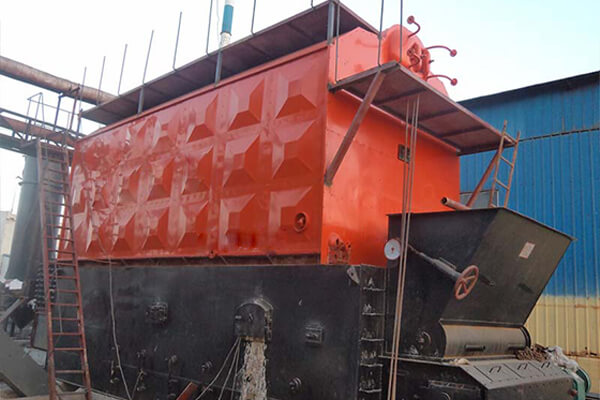
3. Performance Benchmarks
Third-party validation under EN 303-5 certification confirms:
- 93% seasonal efficiency (HHV basis)
- NOx emissions ≤180 mg/kWh without SCR systems
- 12-minute cold start to full capacity
- 35% load flexibility without efficiency penalty
4. Economic & Environmental Synergy
Carbon Accounting
Lifecycle analysis shows net-negative CO2e emissions when utilizing sawmill residues (-0.3 tCO2/MWh). This carbon debt reversal occurs through simultaneous:
- Avoided methane release from biomass decomposition
- Fossil fuel displacement (1:1.2 substitution ratio)
- Biochar soil amendment co-benefits
Operational Economics
Typical ROI periods range 3-5 years with:
- 40-60% fuel cost savings vs. natural gas
- 30% tax credits under EU RED II compliance
- Ash byproduct valuation ($15-25/ton as fertilizer)
5. Sector-Specific Implementations
Food Processing
A Spanish olive oil mill achieved 82% energy cost reduction by integrating biomass pellet boilers with olive pit feedstock. The system’s 8.2 MW thermal output supports continuous 24/7 pressing operations.
District Heating
Sweden’s Växjö network supplies 90% of municipal heat through centralized biomass pellet boilers, maintaining 98.7% uptime despite -25°C winter conditions.
Cement Industry
Co-firing trials demonstrate 15% coal substitution in calciner streams without clinker quality degradation, reducing process emissions by 104,000 tCO2/year.
Get your best price
Quickly compare 3 FREE quotes
- Engineer quick quote
- The overall delivery speed is fast
- Financial choice
- Low installation costs and cost savings
25 years+ of boiler R&D
More than 20 innovative technologies


